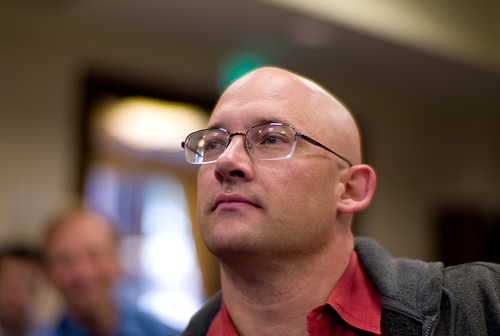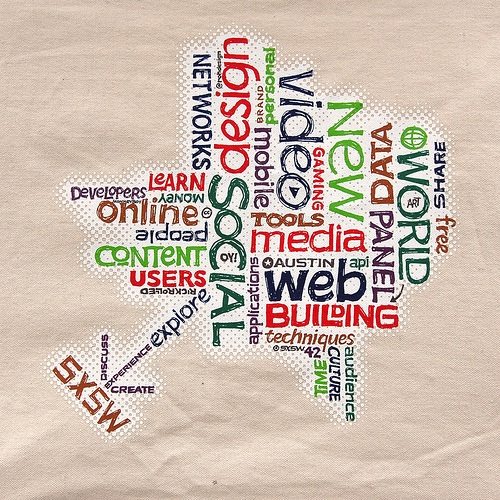Personal Finance Uses of Foursquare
Note: I’ll dispense with the usual preamble in this situation, i.e. “How is it possible it’s been so long since my last blog post?” and go straight to the meat of this post.
Lately I’ve been thinking about how Foursquare can serve as a personal finance tool.
Why has personal finance and Foursquare been on my mind? In part it’s because of the passing comments on Twitter and blog posts about “badge fatigue” that we’ve seen more and more of in the last year.
In part it’s also because using Foursquare as a personal finance tool is one important way I’ve used the service this past year.
There are clearly many ways that businesses and individuals use Foursquare for other purposes, but I think it can also serve as a helpful personal finance tool in three ways:
- Budgeting. Say you want to estimate or budget for how much you spend on coffee each month. By checking in to each coffee shop (or any other type of venue or activity you want to track), you can review your check-in history and more accurately compile spending and budgeting figures for those activities.
- Health care reimbursement. Many health care plans have begun (or increased) offering partial financial reimbursement for gyms or other kinds of exercise programs, as long as a certain number of visits are completed within a set time period. I’m terrible at tracking how many times I’ve visited the gym each month, but by checking in to Foursquare each time, I can look at my history online, and potentially increase visits to make sure I meet the reimbursement threshold.
- Prioritization. What if businesses or users could share average prices and that information was available in the general check-in information? I could see people evaluating that info to prioritize visits based on personal budgets.
All of these potential uses assume that we check in on each visit, which may not be realistic for all Foursquare users. And not everyone wants to share these types of check-ins with their networks. For example, I don’t share my check-ins at the gym with my network (really, I like to be a bit anonymous at my gym when I’m working out at 6 am), but I still check in for my own tracking purposes. Yes, this means I show up as “off the grid” to my network, but it’s still useful for my personal reasons.
None of these check-in behaviors are centered around incentives from businesses, but are driven by internal, personal motivations. As Foursquare grows, I wonder if there will be additional ways that the company could add functionality for these types of uses. For example, imagine if you could check in at a restaurant and link or note your spending amount to your online personal finance tool like Mint. You might be more likely to check in if it allowed you to easily track your personal spending, the business might have additional opportunities to offer incentives or other loyalty rewards to you, and Foursquare could potentially expand its base of appeal. (With the major caveat that all of that finance info would need to have strict privacy/security controls.)
What do you think – have you used Foursquare for any of these types of reasons? Could this be a place of growth? Or will this be “The Year the Check-In Died?“








